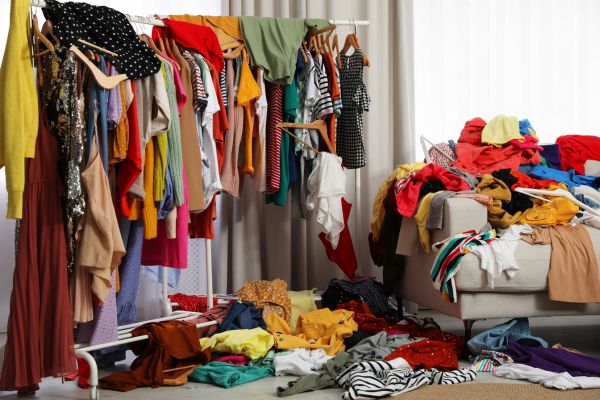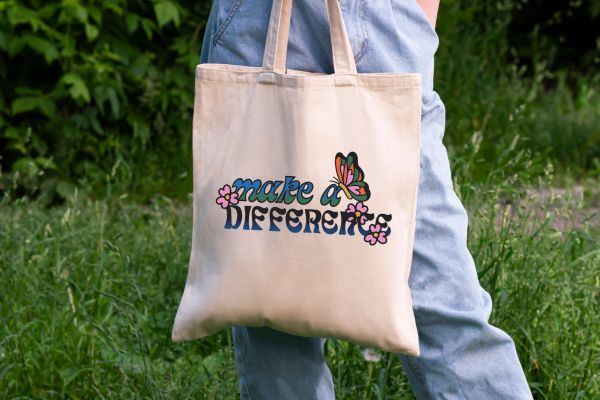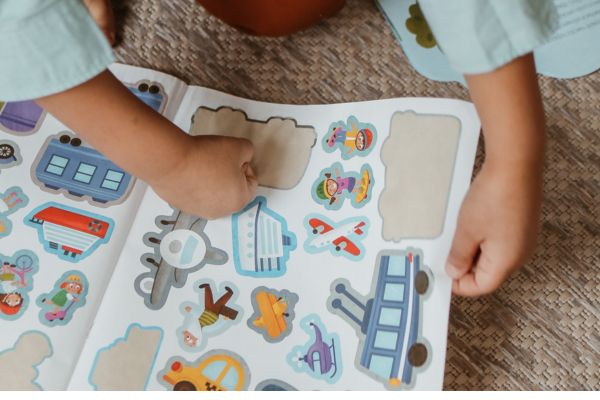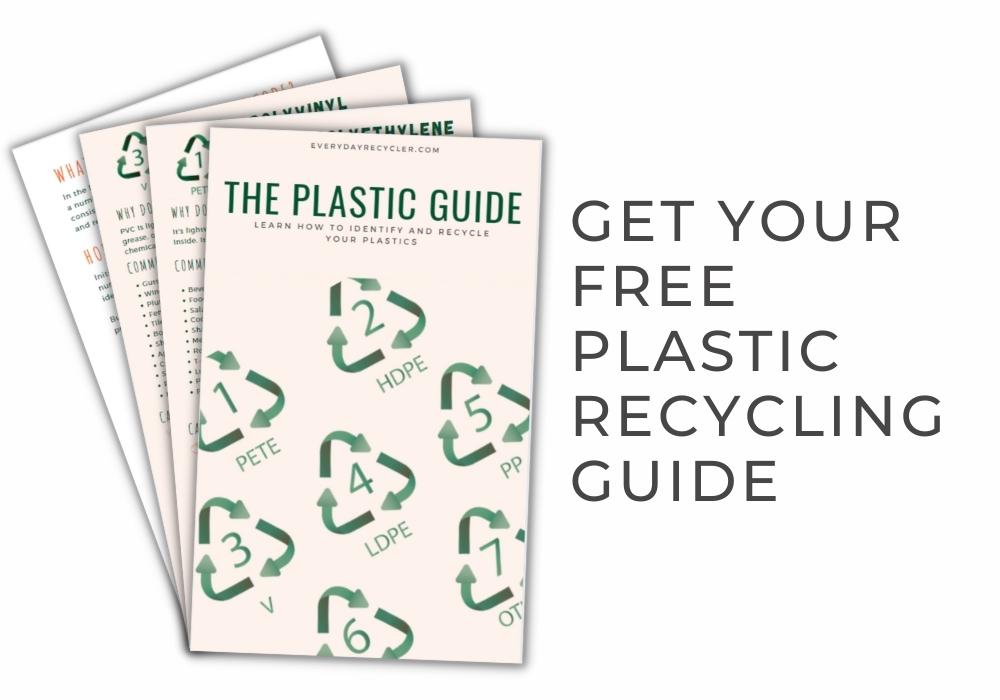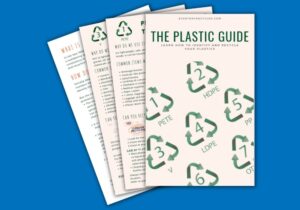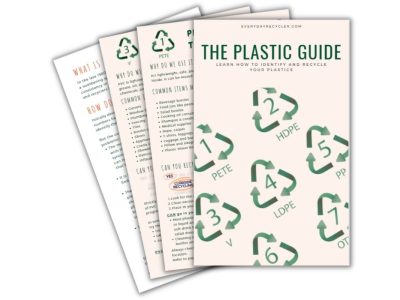I often buy a lot of items online which means I am left with a lot of packaging. I keep the boxes, bubble wrap and packing peanuts so I can reuse them later but they can pile up. So I wanted to figure out if I can recycle the packing peanuts.
The first thing I found was a lot of conflicting answers. Who’d have thought packing peanuts were so complex! Below we give you simple and clear answers to all your questions on packing peanuts.
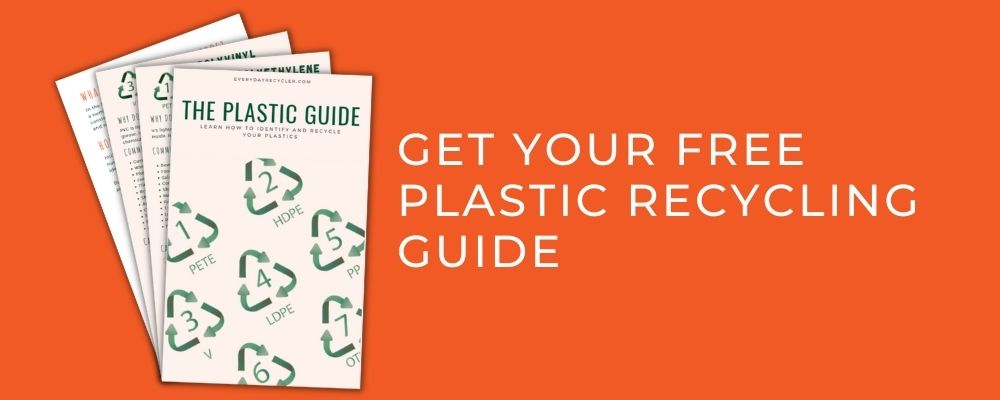
Quick Navigation
What Are Packing Peanuts Made From?
There are two main types of material used to make packaging peanuts, polystyrene plastic, and biodegradable materials like corn starch. Both of these are plastics made from polymers. If you would like to learn more, take a look at our article on what is plastic.
The difference is that corn starch plastic is made from natural polymers, while polystyrene is made from synthetic or human-made polymers.
Did you know: There is no difference between polystyrene and Styrofoam. “Styrofoam” is a trademarked brand of polystyrene made by The Dow Chemical Company.
The original packing peanuts were made from 100% polystyrene or plastic number 6 in the resin codes. Air is injected into the plastic, creating what is referred to as Expanded Polystyrene or EPS. You can learn more about EPS in our article on plastic number 6.
Nowadays, there are many biodegradable or natural types of packing peanuts available. They work the same as EPS packing peanuts; however, they biodegrade more easily because they are made from starches like corn starch.
Why Do We Use Packing Peanuts?
Packing peanuts have been around for about 55 years. There are many reasons why companies use them to ship their goods. They include:
- Packing peanuts are very lightweight.
- They are tough and reusable.
- Provide excellent protection for delicate items.
- They can fill spaces efficiently.
- Reduce energy costs for packaging and transportation
- And they are cheap to produce.
These properties, combined with the cost savings, make them an easy choice for many businesses. Luckily, these days we are becoming more aware of the impacts this material can have on the environment, and alternatives are being developed.
What’s So Bad About Packing Peanuts?
The same qualities that make EPS packing peanuts great for packaging make them terrible for the environment. Being strong and durable is good for packaging, but it also means they take a very long time to break down.
Being extremely lightweight also means they are blown around out of bins and into the environment too easily. Once released, wind or water easily carry the lightweight polystyrene. It also breaks down into small pieces easily, making its way into every nook and cranny. Animals can mistake the small pieces for food and ingest them, leading to devastating outcomes.
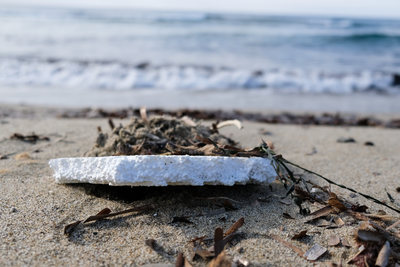
FACT: Styrofoam and Styrofoam products fill up 30 percent of our landfill space, and landfills quickly become full.
Can You Recycle Packing Peanuts?
Packing peanuts are much better to avoid if you can. Unfortunately, it is not always up to us. We buy products from companies who decide to use this type of packaging. Then, we are the ones left wondering what to do with it.
Styrofoam or polystyrene is tough to recycle. There is a lot of information on recycling polystyrene, but accessibility to programs is limited in many places. Most municipal recycling programs do not accept polystyrene.
Plus, many polystyrene recycling programs have strict conditions, more often listing packing peanuts as excluded items.
Why is it so hard? Firstly, to successfully recycle them, you must separate the plastic peanuts from the biodegradable peanuts. Otherwise, they will contaminate the recycling.
Secondly, polystyrene recycling is not an easy process. There is very little profit in recycling polystyrene, which is bulky and expensive to transport.
Hope is not entirely lost! A few programs in the United States accept packing peanuts for reuse. We provide the links for you below.
Perhaps the best solution is to stop using polystyrene altogether. Many countries and cities have already banned the use of polystyrene, including:
- United States – more than 100 cities in the United States have banned plastic foams, including New York City, Washington DC, and California.
- Eight of the Caribbean countries banned the use of polystyrene in 2019.
- Zimbabwe banned Expanded polystyrene (EPS) back in 2017.
If you find yourself in this situation, reusing is your best option, followed by recycling if you have access to a facility.
The best solution is to contact the company and ask them to find a more sustainable solution. Here’s a draft email you can send to your favorite company to encourage them to switch.








